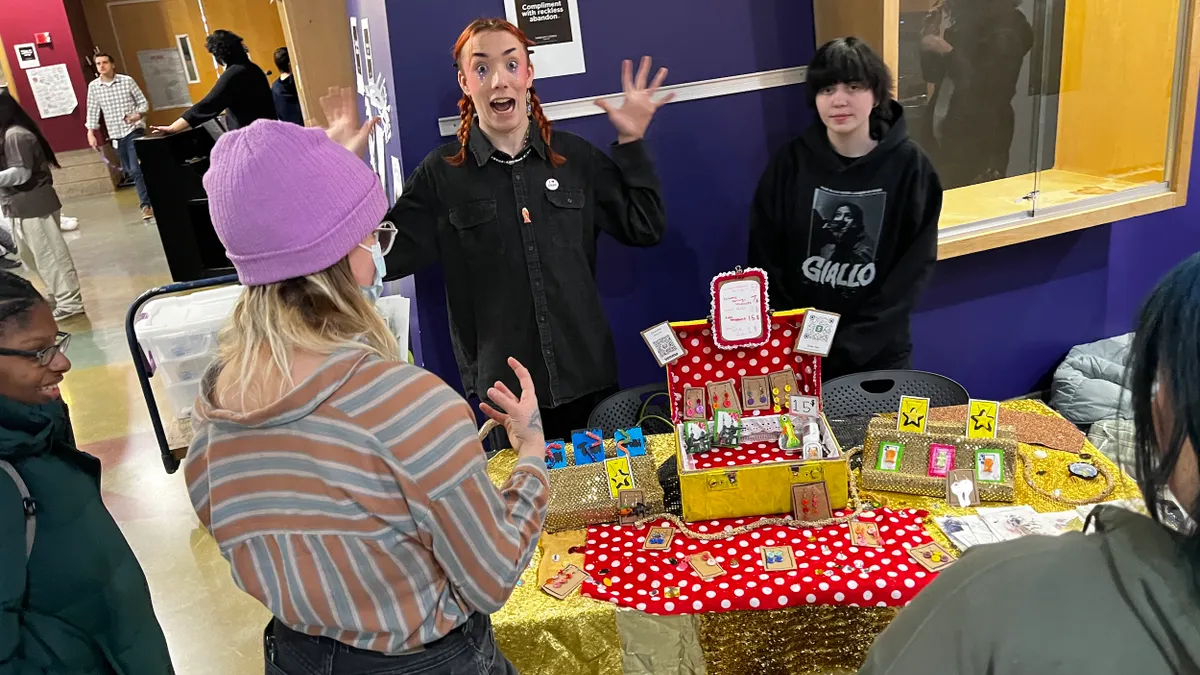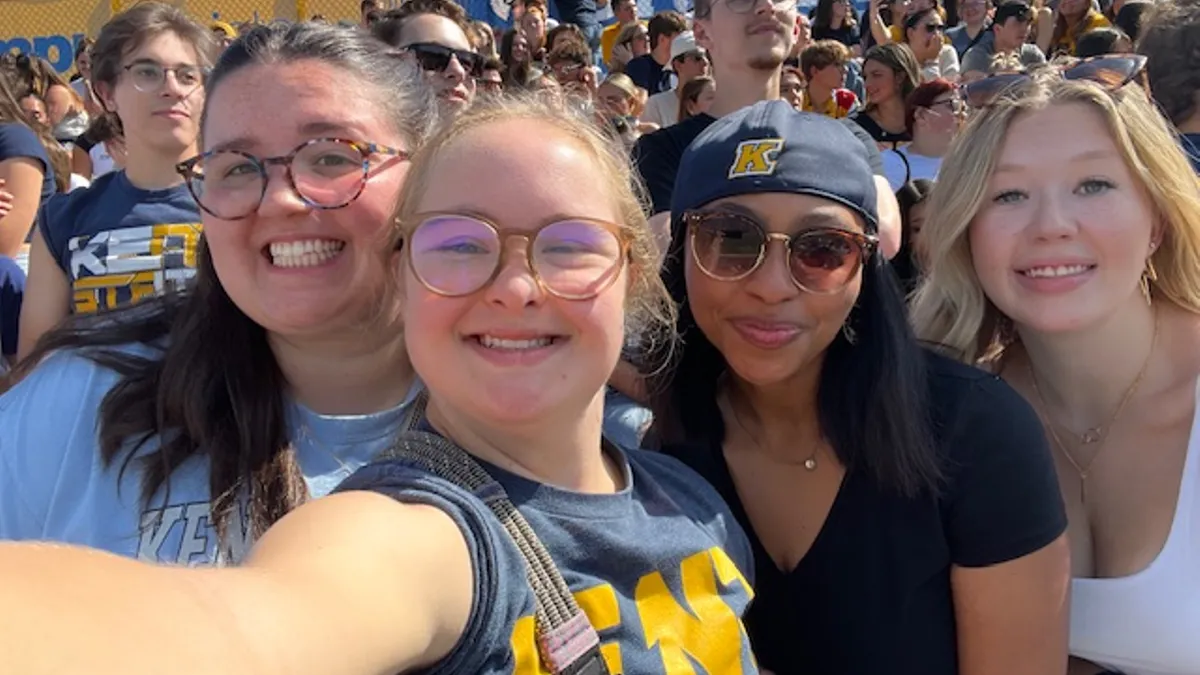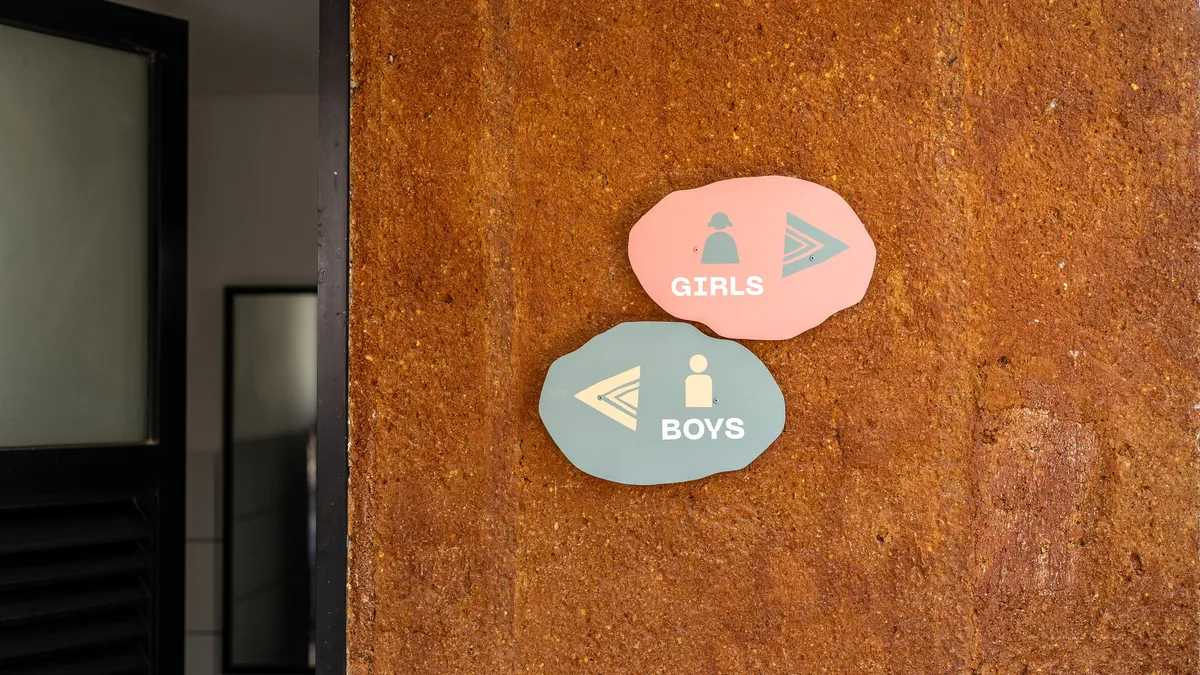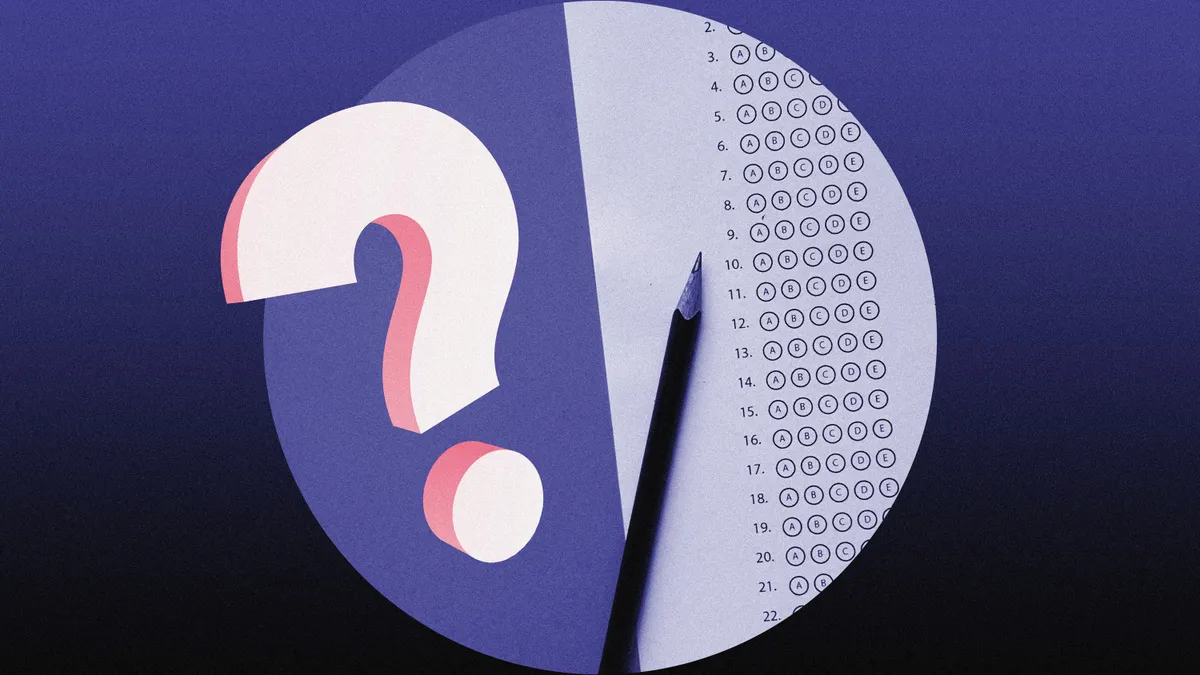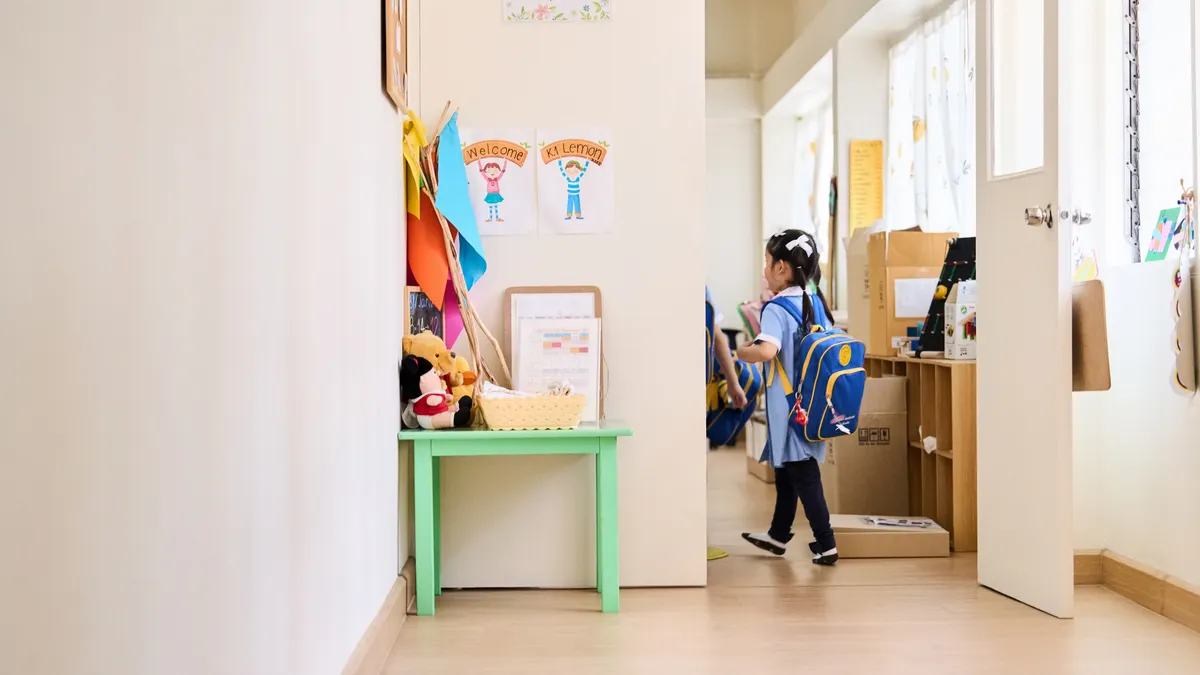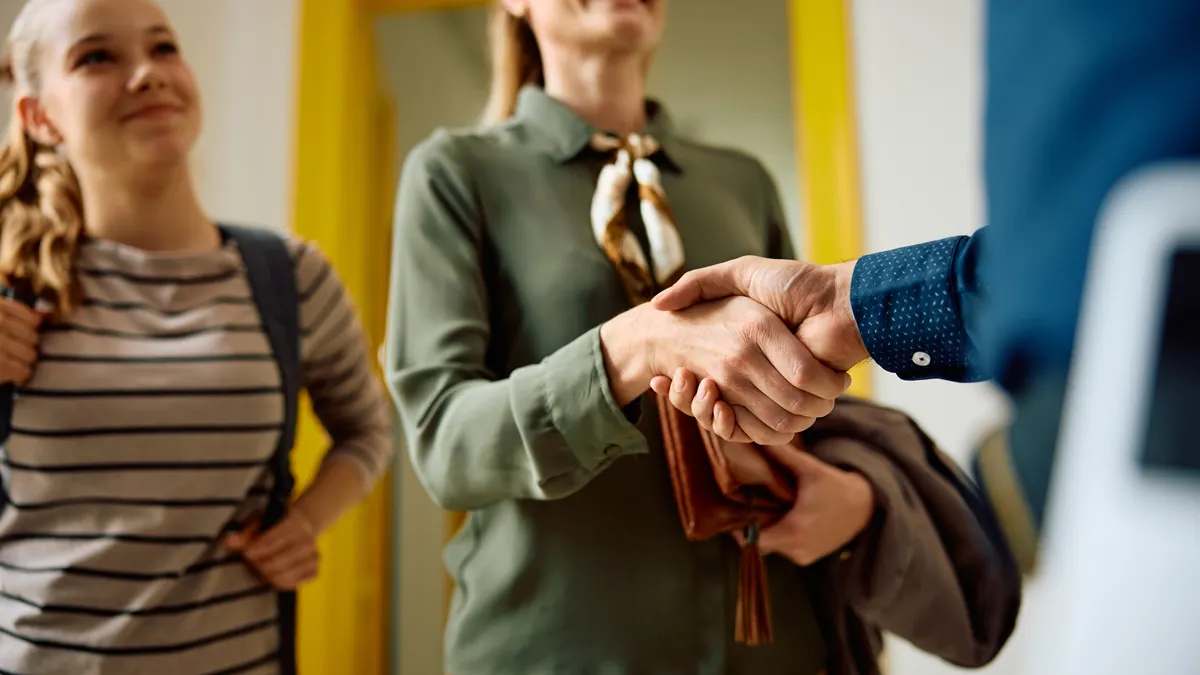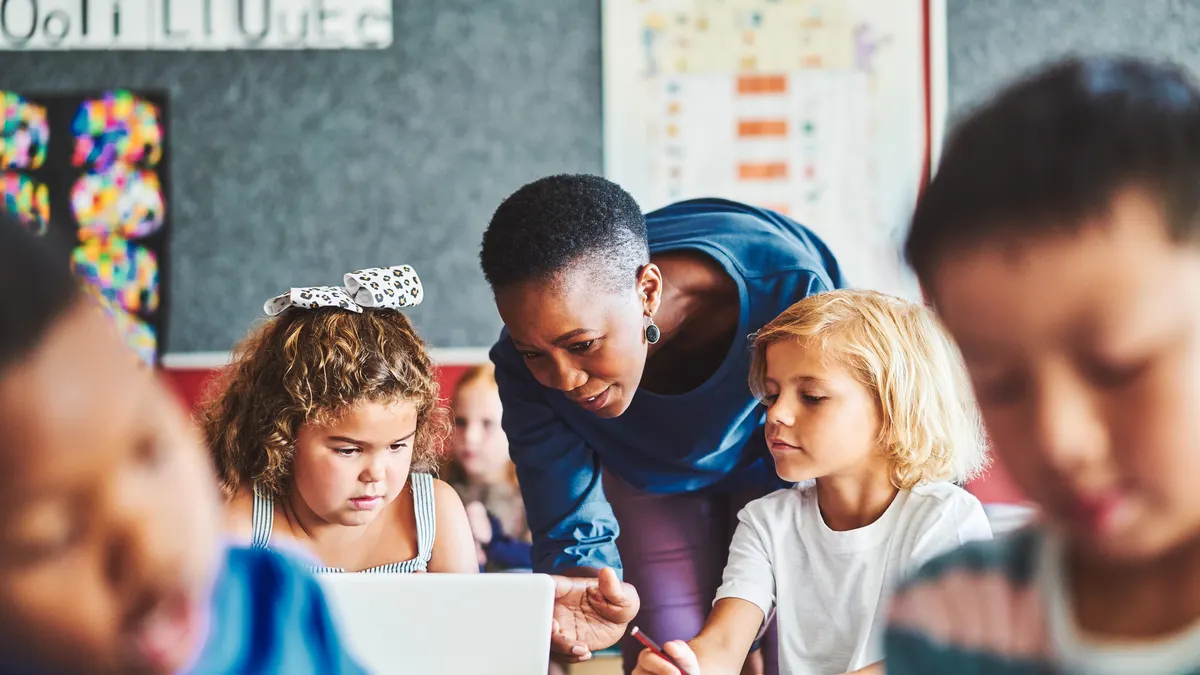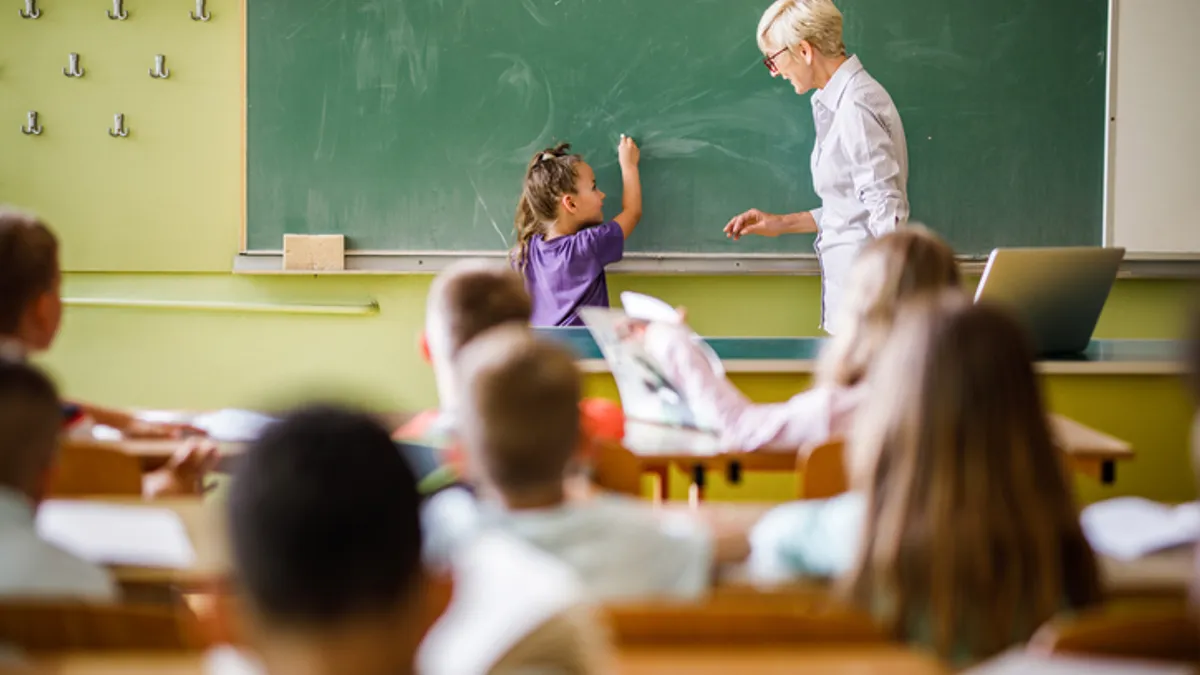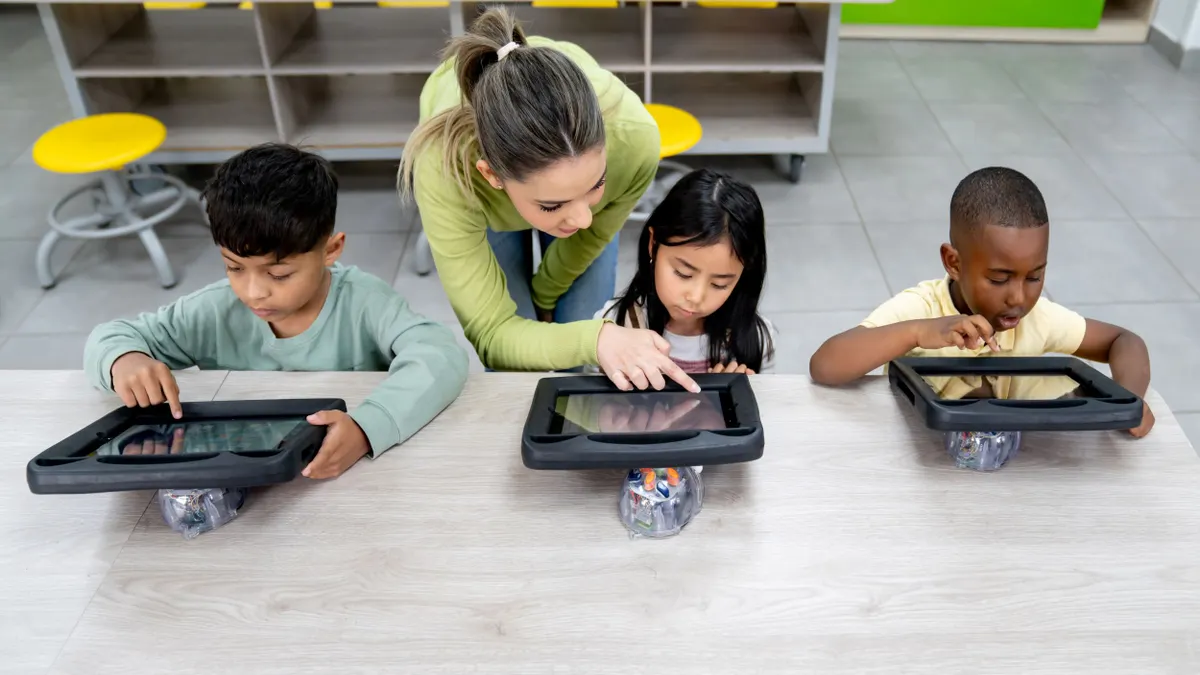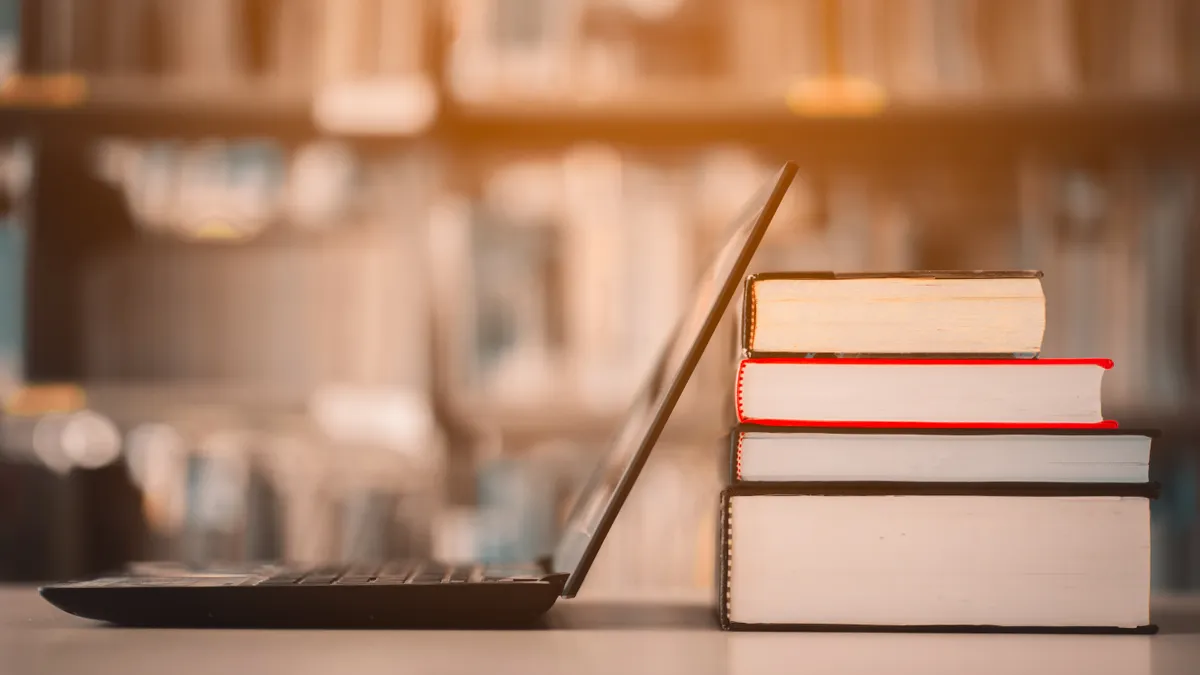The best moments of art teacher Larry Nelson's week is when a student who has been struggling with an art assignment shows pride and pleasure in their completed product.
"One of the real joys of our subject area is helping students to discover and uncover abilities that they didn't even know that they had," said Nelson, who teaches at The Fine Arts Interdisciplinary Resource School for Arts in Minneapolis, Minnesota. FAIR is a comprehensive public high school that integrates arts — including dance, music, media arts, theater and visual arts — throughout its curricula.
The process of making a sculpture, choreographing a dance sequence or drawing a self-portrait can be frustrating and intimidating for students — even those who choose to attend a magnet school for the arts like FAIR. It can be an academic and emotional journey for students to develop an idea, improve on it through multiple drafts, have the work evaluated, and share the completed product with others.
That pathway to learning also makes arts an ideal curriculum area to support students' mental well-being by honing skills in resilience, communication and growth mindset, said Nelson and Amy Conwell, who is also an artist teacher at FAIR. Conwell and Nelson refer to themselves as artist teachers because they are both artists and art teachers.
"A lot of what we do is about perseverance," said Conwell. Students in fact are told that they can't give up on an assignment, Conwell said.
"What we say is, 'You have to trust the process, and that means you have to trust us, that we're going to lead you through it in a way that you get to a place that you can be satisfied with,'" Conwell said.
FAIR Principal Mary Pat Cumming said students reported in a school survey that the arts programming helps them reduce stress and anxiety.
Through the school's emphasis on exploration, students get to try different types of art, even while studying core academic subjects, said Cumming, the school's principal for nearly 10 years and who also is a board member of the National Association of Secondary School Principals.
As schools across the country aim to support the emotional and mental well-being of students, Conwell and Nelson offer these four approaches arts education promotes.
Create safe spaces for students
It's important that art classrooms are spaces where students feel comfortable with problem-solving, perseverance and creativity, the teachers said.
"We're asking them to be kind of vulnerable in our spaces," Conwell said. "And so creating the community space where it is safe enough for them to do that is a huge first step that we do as art educators."
This can be difficult for some students, because this requires them to share their intentions for their artwork, and some doubt whether they'll be able to execute on their vision, Conwell said.
But this is where educators can intentionally help by teaching certain skills and techniques that can support students in achieving their artistic goals, Conwell said.
The process of creating art, Nelson said, is just as important as the finished product. "Art is something that has amazing potential, but it also brings up a lot of insecurity in people," he said.
Teachers can help students see what they're capable of and how to find the potential within themselves, which can build confidence, Nelson said.
Encourage classroom connections
Nelson and Conwell advise avoiding a rigid classroom environment focused only on the finished artwork. Rather, they promote giving students choices in how to demonstrate their knowledge through art.
They also encourage student connections with both peers and teachers.
Conwell said this includes teachers being intentional about understanding what motivates each student and helping students transfer those interests into their artwork. It also means allowing room for students to complain and work through feelings of frustration.
These working relationships and communications between students and teachers are critical in helping students interact with other adults and their peers outside of class, Nelson said.
"One of the great things that we get to do as art teachers, visual arts teachers, is get to have these amazing one-on-one conversations, or small group conversations, about that relationship between art and life, and how these like concepts that we're dealing with, of struggle and perseverance in this project, also apply to the sports they might be playing or the relationships that they have with their friends," he said.
Set aside time to reflect on finished work
After students complete their projects, teachers should set aside class time for students to reflect about their creative process, Conwell and Nelson said. Some of the questions students can ask themselves and their classmates are:
- What challenges did you face?
- How did you overcome these challenges?
- What worked well?
- What would you do differently if you were to do it again?
Conwell said she also likes to ask students what they learned from their artistic process. "It's a great question to ask, because they're kids, and they can dig deeper than we think they do most of the time," she said.
Celebrate the finished art
Displaying or performing a finished work of art can help boost students' self-confidence even if they doubt the quality of their work, Nelson said.
When teachers help students display their work, it lets them share it with their friends and family, and "they're really proud," Nelson said. He added students are more accountable for the work if it's displayed or performed, as opposed to when students just submit the work and only the teacher sees it.
For students uncomfortable with displaying their work, Nelson will first encourage them to display their art in the classroom and then eventually to present it in the school hallways or in public.
FAIR hosts an art crawl twice a year to showcase students' work from a variety of art genres — including theater, music, dance and visual arts. Students have the choice of participating, and many do, the teachers said.
"It just becomes like this celebration of sharing their passion and their skills and their talents and energies with one another," Conwell said. "It's a really joyful, fun experience.”



